Telecom spend hides a lot of waste. Companies that move from PRI to SIP often cut monthly voice costs by 40–60%, according to Nemertes Research findings widely cited across the industry.
Urgency is rising. The SIP trunking market stands at USD 73.14B in 2025 and is projected to reach USD 157.91B by 2030 (16.64% CAGR) as enterprises retire legacy lines. Meanwhile, the UK’s PSTN shutdown completes in January 2027, with BT urging businesses to migrate well before December 2025, a timeline many regulators and carriers beyond the UK mirror.
The catch: costs don’t fall by default. SIP trunking pricing models vary by channels, routes, geo, and contract terms. Pick the wrong structure and you’ll pay for idle capacity during quiet periods, or swallow bill shock when traffic spikes. Predictable budgets demand the right model, strict SLAs, and clarity on add-ons that creep into invoices.
What you’ll get here: a decision-grade breakdown. We’ll map the cost levers that actually move your bill, compare the four pricing models with plain pros/cons, expose hidden fees with numbers, and share negotiation tactics you can use today.
Quick context to anchor the math:
- 40–60% typical savings when moving from PRI to SIP.
- USD 73.14B → 157.91B market growth by 2030 (16.64% CAGR).
- PSTN sunset: migrate before Dec 2025; full switch-off completes Jan 2027 in the UK.
Let’s start by untangling why SIP pricing feels complex, and why that complexity is the key to real savings.
Key Takeaways
- Switching from PRI to SIP trims monthly voice spend by 40–60% when sized to real concurrency.
- The SIP market grows from $73.14B (2025) to $157.91B (2030), driven by legacy retirements.
- Pricing varies by channels, routes, geography, and SLAs, model choice decides predictability and total cost.
- Right-size channels to busy-hour demand; e.g., 20 channels × $15 ≈ $300 base before extras.
- International routes swing widely; least-cost routing can cut overseas minutes by up to 70%.
- Four models: flat-rate (steady volume), usage-based (light traffic), pay-as-you-go (tests), hybrid (scale).
- Watch hidden fees: setup ($50–$250), porting ($10–$25/DID), E911, recording storage, fraud tools, burst rates.
- Negotiate hard: compare 3–5 quotes, demand 99.99% uptime and jitter < 30 ms, and expose overflow pricing.
- Against PSTN, SIP removes line rentals, scales in minutes, and avoids truck rolls during expansions.
- Next step: run a TCO with your routes and seasonality, then pilot a trunk to verify assumptions.
Why SIP Trunking Pricing is Complex but Crucial
PSTN bills follow fixed tariffs; SIP doesn’t. Pricing shifts with channels, routes, geography, and SLAs, so two similar businesses can pay very different amounts. Done well, the switch away from PRI cuts monthly circuit costs by ~40%, a figure supported by long-running TCO analyses. The market tailwind is strong too: SIP trunking is sized at USD 73.14B in 2025 and tracking to USD 157.91B by 2030 (16.64% CAGR).
Teams often misjudge SIP costs for three reasons. First, they buy capacity for peaks and carry it all month, inflating per-minute reality. Second, they ignore route mix; a small share of high-rate destinations can dominate the bill. Third, fees hide in the fine print, porting, E911, recording storage, fraud tools, and failover paths. The right SIP trunking pricing models match usage shape to contract structure; the wrong fit trades predictability for waste.
Smooth handoff: let’s map the levers that actually move your invoice.
Core Factors That Drive SIP Trunking Costs
Concurrent Channels & Capacity Planning
Providers often price “per channel”, the number of simultaneous calls you can place. Buy only what live traffic requires, not total handsets. Illustration: 20 concurrent channels × $15 yields a $300 base; an “unlimited” bundle might suit heavy, all-day traffic but overshoots for spiky loads. Right-sizing channels to busy-hour demand trims recurring spend without touching call quality.
What to check
- Busy-hour concurrency, not average day volume.
- Burst rules: can you exceed channel count briefly, and at what rate?
- Overflow behavior: block, queue, or spill to a usage tier?
Call Destinations & Rate Variability
Minutes aren’t equal. Domestic routes tend to sit in low ranges; some international destinations cost an order of magnitude more due to interconnect and termination economics. On-net traffic (origin and termination on the same carrier) usually prices lower than off-net, which relies on third-party networks and fees.
What to check
- Your top 10 destinations by minutes and by spend, often different lists.
- On-net vs off-net share with your provider’s footprint.
- Surcharges for premium or hard-to-terminate regions.
Add-Ons and Compliance Features
Line items add up fast: CNAM/Caller ID, E911, call recording and storage, fraud detection, STIR/SHAKEN, number porting, and disaster recovery routes. Some providers include a baseline bundle; others price each feature separately. Ask for a feature matrix with per-DID, per-account, and per-GB charges called out.
What to check
- E911/DID fees and minimums; porting charges per number.
- Recording storage pricing (per GB/month) and retention options.
- Fraud controls (velocity rules, geo-fencing) and whether they’re billable events.
Network Quality, SLAs, and Latency Guarantees
“Best-effort” is cheaper; SLA-backed voice costs more but protects revenue events. Look for contractual uptime, jitter, packet loss, and failover commitments. Higher MRCs tied to 99.99%+ availability and jitter caps reduce dropped calls, re-dials, and support overhead, real costs that never show on the telecom invoice.
What to check
- SLA terms: uptime target, jitter (e.g., <30 ms), packet loss thresholds, remedies.
- Redundancy: multi-POP routing and automatic failover between regions.
- Monitoring access: real-time QoS visibility vs opaque monthly summaries.
Bottom line: price the trunk you’ll actually use, on the routes you actually call, under the reliability your business actually needs, and validate each fee before you sign.
The Four Common SIP Pricing Models (with Pros & Cons)
SIP trunks aren’t sold one way. Providers structure contracts to fit different traffic shapes, risk profiles, and finance preferences. The four dominant SIP trunking pricing models—flat-rate, usage-based, pay-as-you-go, and hybrid—balance predictability against flexibility. Picking the wrong fit can erase expected savings.
Flat-Rate Pricing
Flat-rate contracts cover unlimited calling in defined geographies (often domestic plus selected international zones). They feel simple, but value depends on how heavily the lines are actually used.
| Aspect | Detail |
| Best For | Call centers, enterprise helpdesks, or B2B firms with consistent all-day calling volumes. |
| Cost Impact | Predictable OPEX. Good ROI when utilization runs high (>70% channel occupancy). |
| Risks | Overpaying in quiet periods, subsidizing unused capacity, inflexible for seasonality. |
Usage-Based (Per-Minute) Pricing
Every outbound call minute is billed, often with per-destination rates. Suits organizations where traffic is light or spikes only during certain periods.
| Aspect | Detail |
| Best For | Professional services firms, small consultancies, and companies with modest domestic traffic. |
| Cost Impact | Low baseline costs. Bills scale directly with outbound minutes. |
| Risks | Budget volatility—holiday campaigns or seasonal surges can inflate monthly charges. |
Pay-As-You-Go (True Elastic Model)
Pure consumption pricing with no monthly minimums. Charges appear only when calls are placed. It mirrors cloud computing’s “elastic” model.
| Aspect | Detail |
| Best For | Startups, businesses piloting new regions, or firms testing channels before scaling. |
| Cost Impact | Zero commitment. Cash-efficient for early-stage operations or experimental traffic. |
| Risks | CFO frustration—no cost ceiling. Bills swing with usage; planning becomes difficult. |
Hybrid Pricing Models
A blended contract: a fixed flat-rate block for core predictable traffic, plus per-minute billing for overflow. This combines predictability with flexibility.
| Aspect | Detail |
| Best For | Enterprises with steady baseline volumes but growth into new regions or campaigns. |
| Cost Impact | Protects core budget while enabling elastic expansion without overcommitting. |
| Risks | Complexity—requires accurate forecasts. Misallocating flat vs. variable portions can dilute savings. |
Takeaway:
Flat-rate favors heavy, steady traffic. Usage-based suits modest or seasonal call patterns. Pay-as-you-go gives agility at the expense of predictability. Hybrid offers the most balanced path, especially for global scaling. The right model depends on traffic shape, financial planning, and growth horizon.
SIP vs Traditional PSTN: A Cost Reality Check
Switching from legacy PRI/ISDN to SIP isn’t just about modernizing infrastructure—it’s a direct line to lower telecom spend. The differences appear most clearly in how lines are provisioned, how calls are billed, and how fast capacity scales. Here’s a side-by-side look at the real financial impact.
| Category | PSTN (Legacy Landlines) | SIP Trunking |
| Line Rental & Infrastructure | Physical copper or fiber lines with fixed monthly rental fees. Each new line requires onsite installation and long lead times. | Virtual trunks over IP networks. Scale capacity in minutes with no physical work. |
| Long-Distance & International Rates | Legacy tariffs, often several times higher than local rates. International minutes can dominate bills. | Least-cost routing finds cheapest available path. Enterprises report up to 70% savings on international traffic. |
| Scalability & Expansion Costs | Adding lines means ordering hardware, waiting for provisioning, and paying installation charges. | Capacity expands instantly—simply add channels. No truck rolls, no hardware, no multi-week delays. |
Line Rental & Infrastructure
PSTN bills are tied to physical line rental. Every trunk is a dedicated circuit with a fixed monthly fee, regardless of whether it carries traffic. SIP trunks eliminate that overhead. They’re virtual, provisioned over existing IP connectivity, and can be scaled up or down in minutes. The cost difference grows as companies add branches or spin up remote teams.
Long-Distance & International Rates
Traditional operators keep legacy tariffs for long-distance and international calls. Rates to high-demand destinations often run several times higher than local minutes. SIP uses least-cost routing, automatically selecting the lowest termination path. Enterprises cutting over to SIP report savings of 50–70% on international traffic, particularly in high-volume outbound environments.
Scalability and Expansion Costs
Expanding PSTN capacity requires hardware, port orders, and installation windows measured in weeks. Costs climb with each truck roll and every new line card installed. SIP scaling happens instantly—IT teams log into a portal, add channels, and capacity is live. That speed doesn’t just cut provisioning costs; it supports business agility when traffic surges unexpectedly.
Bottom line: PSTN locks businesses into fixed costs and rigid infrastructure. SIP delivers agility, global reach, and real savings that compound as organizations grow.
Matching Pricing Models to Business Profiles
By Call Volume Patterns
Enterprise contact center → Flat-rate or hybrid.
High, steady concurrency keeps flat-rate efficient. Hybrid adds overflow elasticity for campaigns.
Small consultancy → Usage-based.
Light calling doesn’t justify fixed bundles. Pay only for minutes you place.
Quick chooser
| Profile | Traffic Shape | Best Model | Why it fits |
| 250-seat support center | All-day, stable | Flat-rate / Hybrid | Predictable spend; hybrid covers burst traffic. |
| 20-person consultancy | Low, sporadic | Usage-based | Minimal base cost; scales with minutes. |
| Regional sales team | Daytime peaks | Hybrid | Fixed core + per-minute spikes. |
By Growth & Seasonality
Seasonal industries (retail, travel) → Pay-as-you-go.
Holiday spikes don’t lock you into year-round commits.
Hypergrowth SaaS → Hybrid.
Fix the baseline for finance, keep elastic capacity for launches.
Quick chooser
| Profile | Seasonality | Best Model | Planning note |
| Travel OTA | Peak Q4/Q1 | Pay-as-you-go | Zero commit; expect bill swings. |
| Scaling SaaS | New markets quarterly | Hybrid | Add zones without renegotiating core. |
By Risk Appetite & Compliance Needs
Compliance-heavy (finance, healthcare) → SLA-backed contracts.
Pay a premium for uptime, jitter caps, and audited controls. It’s cheaper than outages or fines.
Quick chooser
| Requirement | Best Model | Why it fits |
| Strict SLAs, audit trails | Any model + premium SLA | Contractual uptime and QoS protections. |
| Cost ceiling for CFO | Flat-rate / Hybrid | Predictable OPEX with managed burst cost. |
| Experimental traffic | Pay-as-you-go | No commitments while you test markets. |
Hidden Costs That Inflate SIP Bills
Small line items snowball. Price them upfront and decide what to include vs buy later.
One-time and monthly fees to watch
| Cost Area | Typical Range | What to confirm | Why it matters |
| Setup / implementation | $50–$250 one-time | What’s included: turn-up, testing, SBC help | Some vendors “waive” setup, then raise MRCs. |
| Number porting (per DID) | $10–$25 per number; some waive | Per-DID vs bulk pricing; toll-free rates | Fees vary widely; many providers now port free. |
| DIDs / E911 | $1–$2.50 per DID monthly; small setup | E911 surcharge by location | Low unit fees add up at scale. |
| International minutes | Domestic cents vs 10–30× for some routes | Your top destinations; on-net vs off-net | Least-cost routing can cut intl spend up to 70%. |
| Recording & storage | Per-GB monthly; export fees possible | Retention policy; archive costs | Compliance teams drive longer retention windows. |
| Fraud protection | Often tiered or per-event | Velocity rules, geo-fencing, alerts | A cheap rule set can prevent five-figure losses. |
| Burst capacity | Per-minute premium or block fee | How overflow bills; caps or throttles | Hidden “burst” rates cause surprise invoices. |
| Premium SLAs | Higher MRC for 99.99%+ and jitter caps | SLA metrics, remedies, credits | Better SLAs reduce re-dials and lost revenue. ( |
Sanity check with real numbers:
- A vendor quoting “no setup fee” but $10 higher per channel can outcost a $250 one-time setup in months.
- Porting 200 DIDs at $15 each = $3,000; providers like DIDWW or AVOXI often waive that. Ask to match.
- International rerouting with LCR routinely trims 50–70% vs legacy tariffs; verify against your top 10 destinations.
Bottom line: model fit sets your baseline, but fees decide the real TCO. Price every add-on, map your destination mix, and push for explicit burst and SLA terms before you sign.
Negotiating the Best Deal with SIP Providers
Go in with a plan and comparable quotes. Use the steps below to lower total cost and lock quality in writing.
- Benchmark 3–5 providers.
Ask for rate cards by destination, channel pricing, DID fees, and SLA terms. Build an apples-to-apples matrix before you negotiate.
- Run a paid pilot or short trial.
Prove call quality, LCR behavior, and support response. Tie go-live to pilot success criteria.
- Insist on flexible terms.
Aim for 12-month initial terms with renewal opt-outs. Push back on 36-month auto-renewals and steep early termination fees.
- Lock SLAs in the contract, not the brochure.
Specify 99.99% uptime, jitter < 30 ms, and packet loss thresholds. Add remedies that credit automatically, not “on request.”
- Expose burst capacity pricing.
Get overflow rules in writing: rate per minute, caps, and throttling. Hidden burst rates drive surprise invoices.
- Cap non-recurring fees.
Negotiate setup at or near zero and a ceiling on porting costs. Ask for bulk-port waivers.
- Bundle must-have add-ons.
Roll E911, CNAM, fraud controls, and basic recording into MRCs. Separate analytics or long-term storage if you don’t need them now.
- Add a price-review clause.
Quarterly checks on your top destinations and volume tiers. Request most-favored-nation treatment on core routes.
- Protect your exit.
Include service credits for repeated breaches, a cure period, and clean number portability on termination.
- Document change control.
Any rate or SLA change requires written approval. No “policy update” links.
Conclusion
There’s no universal winner here. The right pricing model depends on call patterns, seasonality, growth plans, and compliance demands. Map your concurrency peaks, destination mix, and resilience needs, then pick a structure that mirrors reality. Before you sign, run a full TCO model that includes channels, routes, add-ons, SLAs, burst rules, and all non-recurring fees.
Test DIDlogic’s transparent, usage-based SIP pricing with a free pilot trunk.
FAQs
What’s the difference between flat-rate and usage-based SIP pricing?
Flat-rate charges a fixed monthly fee for unlimited calling in defined zones. Usage-based bills per minute, which lowers baseline cost but introduces bill variance during spikes.
Can a business switch pricing models later?
Usually, yes. Many providers support migrations at renewal or mid-term via amendments. Expect prorated changes and a brief re-rating period.
How does international calling affect SIP trunking costs?
International routes vary widely, often by 10–30× across regions. Least-cost routing helps, but your top destinations will still drive most of the bill.
Are there minimum contract terms with most providers?
Common options include month-to-month, 12-month, and 36-month. Push for 12-month terms with clear renewal and termination language.
How do providers calculate the number of SIP channels needed?
They model busy-hour concurrency, not total users. Start with call records, size to peak simultaneous calls, then add a small safety margin or burst.
Is SIP trunking more cost-effective than hosted VoIP?
Different stacks solve different problems. SIP trunks optimize carrier costs and control; hosted VoIP bundles apps, phones, and support. Compare TCO across three years before deciding.
Can seasonal businesses benefit from pay-as-you-go SIP pricing?
Yes. Pure consumption keeps quiet months cheap. Finance teams should plan for peak-season swings and set alerting to avoid bill shock.
Further Reading
- What is SIP trunking?
- SIP trunking capacity
- SIP trunking security
- Differences between SIP trunking and cloud PBX
- Differences between SIP trunking and telephony
- Differences between SIP trunking and IP trunking
- SIP session vs SIP trunk
- Differences between SIP Trunking and Session Border Controllers
- SIP Trunking vs PSTN
- SIP Trunking vs H.323
- Advantages of SIP Trunking
- SIP Trunking Migration Plan
- SIP Trunking Requirements


